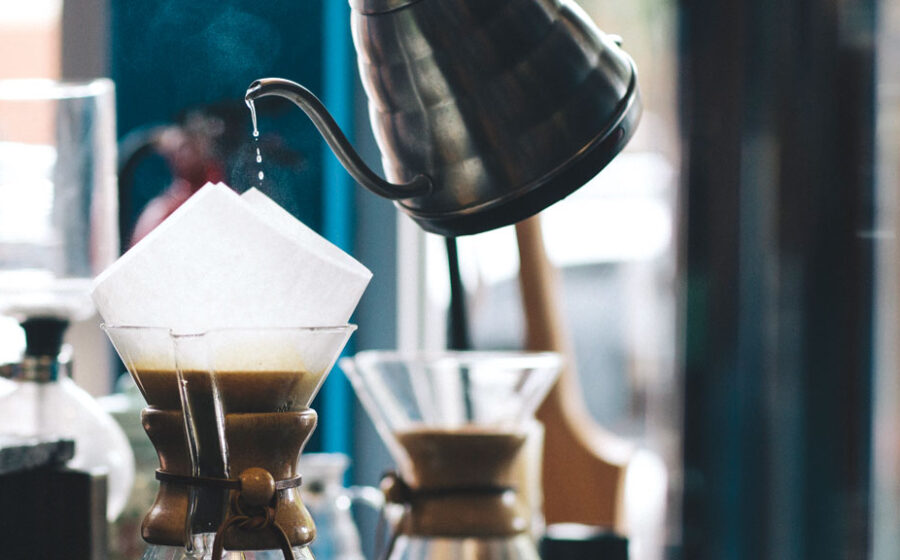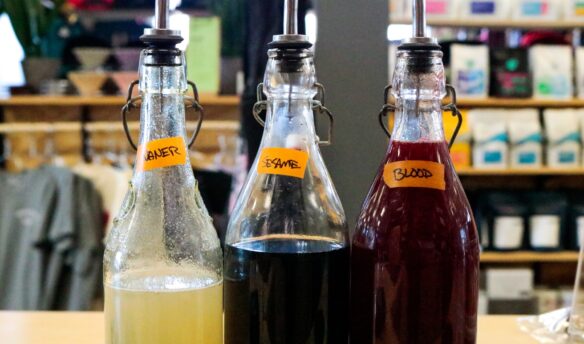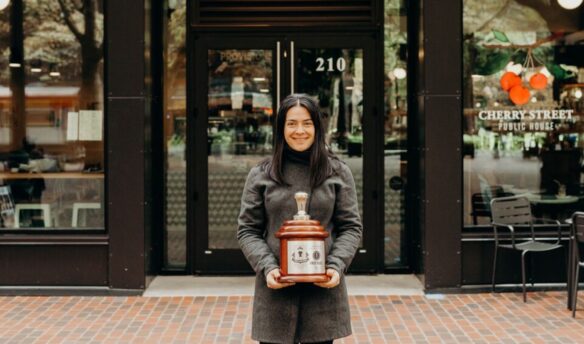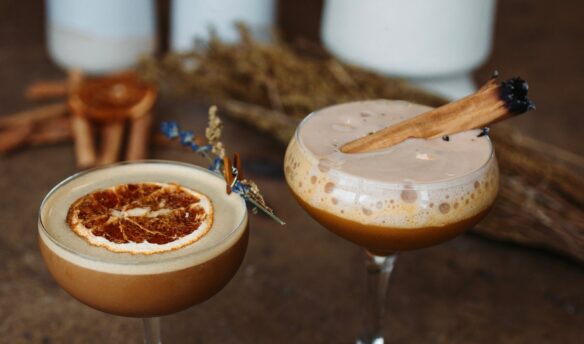[T]his can’t be my coffee,” I thought as heart palpitations began to set in. In a few short hours, I was due to take the stage in the first round of the United States Barista Championship (USBC), and I was mortified.
In a competition built around accurately describing a coffee’s flavor, my espresso was nothing like my carefully rehearsed tasting notes. The red cherry acidity was muted, and in the finish, I tasted a never-before-encountered flavor in our typically light-roasted espresso: ash. I began changing parameters and tried every barista trick in the book. Whether it was a faster, shorter, slower, or longer shot, I couldn’t recreate the flavor profile I had fallen in love with in our lab.
In the midst of all of my preparation, I had failed to account for one variable: water.
Water, Water Everywhere
You might think all water is the same, but the composition of water changes depending on where you live. Because most coffee drinks are primarily water, governing boards like World Coffee Events (WCE), which is in charge of hosting the USBC, have mandated water specifications. For USBC, competitors must use a water recipe of 150 ppm TDS (parts per million of total dissolved solids), which was over twice the hardness of our lab’s reverse osmosis settings.
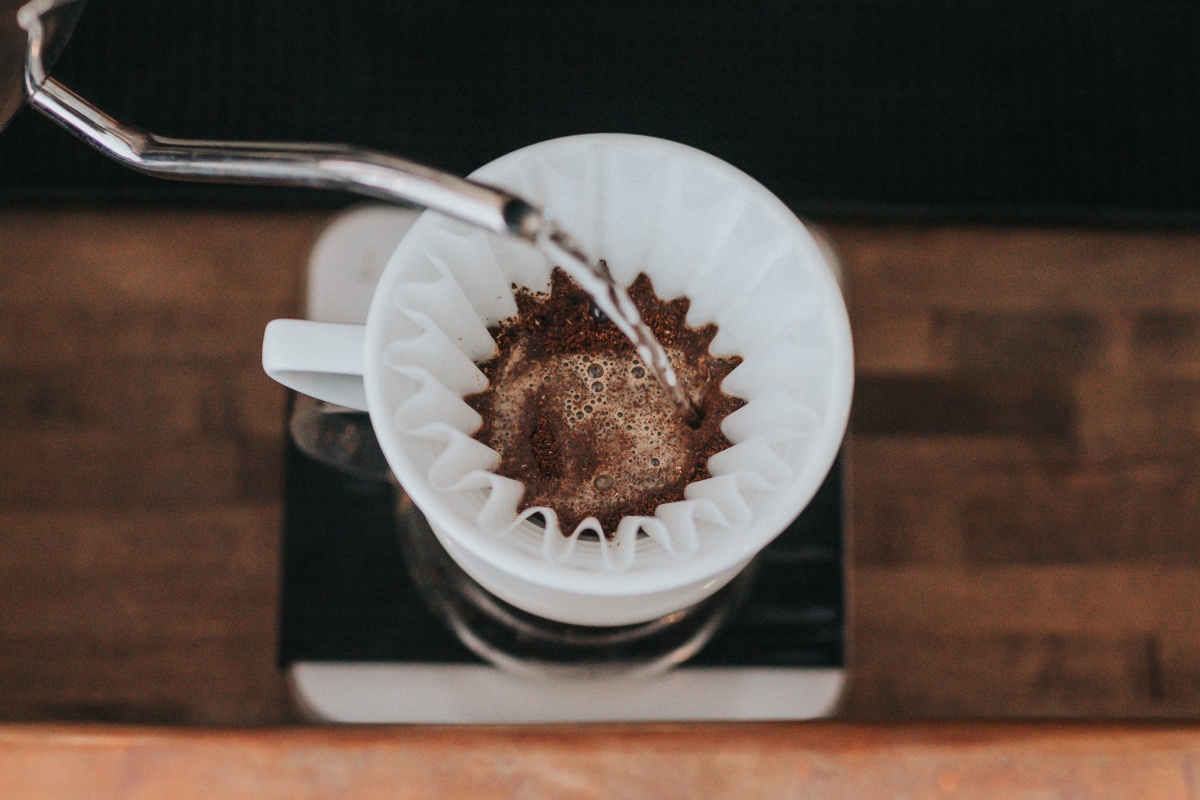
The different chemical makeup of the water affected both the extraction and perception of flavor. As Maxwell Colonna-Dashwood and Christopher Hendon explain in their seminal book Water for Coffee, minerals like calcium and magnesium bind with soluble coffee particles during brewing, aiding extraction. On the other hand, bicarbonate acts as a buffer, neutralizing the acids. Thus the roast that tasted bright and fruity with our softer, reverse osmosis water tasted dull and flat with high mineral water at the USBC. The recipe that produced optimal extraction at home yielded a product that was undesirable when brewed with water that included a much higher content of dissolved minerals.
In other words, I discovered firsthand what Colonna-Dashwood would later tell me in an interview. “The problem is that coffee is roasted to water,” says Colonna-Dashwood. “For example, in a soft-water area, a roaster will tweak a coffee during the roasting process to create the most positive results. If you were to then take this coffee and brew it with water in an ideal range [as opposed to the soft water you’re used to], it might produce a worse result.” Incidentally, my friend and fellow competitor Cole McBride recreated WCE’s water recipe during training for USBC, and he came in second that year.
A Study In Water Filtration
Whether you’re a wholesale coffee roaster or you operate a chain of cafés, water presents one of the greatest challenges to brewing your coffee consistently across multiple locations. Unfortunately, even though water makes up more than 98 percent of filter coffee, few coffee companies take water seriously, and those that do probably learned about water the hard way.
As a cautionary tale, take Quills Coffee, where I used to work.
We knew Indianapolis’s water was hard but didn’t realize how hard. We were about to open our fourth café and our first outside the Louisville area. The logistics of running a multi-city company were already proving to be more challenging than anticipated. Between coordinating the build-out, hiring baristas, and training, there was a lot on our plate, and water didn’t seem like a priority. Like most coffee shops, we took water for granted. We knew it should be filtered, but that was the extent of it.
“We had installed a carbon filter, and we noticed certain readings weren’t being affected and the hardness [level] was off the charts,” says Luke Daugherty, Quill’s director of operations. “We got in touch with Optipure, which started our process of learning about water—what certain types of filtration will do and won’t do. We learned we wouldn’t get the results we needed with a carbon filter.”
Reverse osmosis was the only viable option to handle Indianapolis’s staggering 350 ppm TDS water. Reverse osmosis filtration uses pressure and a semi-permeable membrane to separate soluble compounds from the water (reversing the osmosis process). Pure H2O, however, isn’t ideal for brewing coffee, so the system reintroduces some mineral content to the water, either with mineral cartridges or by mixing tap water with a bypass.

Because Quills’s four cafés had three different municipal water sources, we opted to put a remineralization system in each café. “We should be getting very close to the same water with the same system in all of our cafés,” says Daugherty. “If we get different results, it’s not because of the water.”
So we installed four reverse osmosis systems and brewed delicious coffee happily ever after, until four months later when the Indianapolis café’s reverse osmosis system clogged, taking our brand new La Marzocco Linea down with it. In Indianapolis, with its rock-hard water, one is wise to change filters more often than the manufacturer recommends. Not to mention, keep spare parts for everything on hand.
We learned that lesson the hard way, but it’s one we won’t soon forget.
Learning About Water
We now spend an entire training module discussing water as part of our six-month barista training program. Drawing from books like the aforementioned Water for Coffee and Water Quality, which is in the SCAA handbook series, we look at the chemistry behind coffee extraction and how water affects it.
Then we taste it.
I have the barista brew three pour-overs: one with distilled water, one with reverse osmosis–filtered water, and one with New Albany, Indiana, tap water. We then taste all three coffees blind and rank them according to quality. Without fail, every barista has ranked them in the same order.
The coffee with reverse osmosis water is sweet, dynamic, and complex—the obvious best. The coffee brewed with distilled water has a nice acidity but lacks sweetness. It’s under-extracted but nice enough to take second. The obvious loser is the coffee brewed with Southern Indiana tap water. It’s dull and flat with a bitter aftertaste, like some sad pot of diner coffee that’s been left on the burner all morning. The high levels of bicarbonate obliterate any tasty flavor. More than one barista has promised to start using better water to brew coffee at home after this experiment.
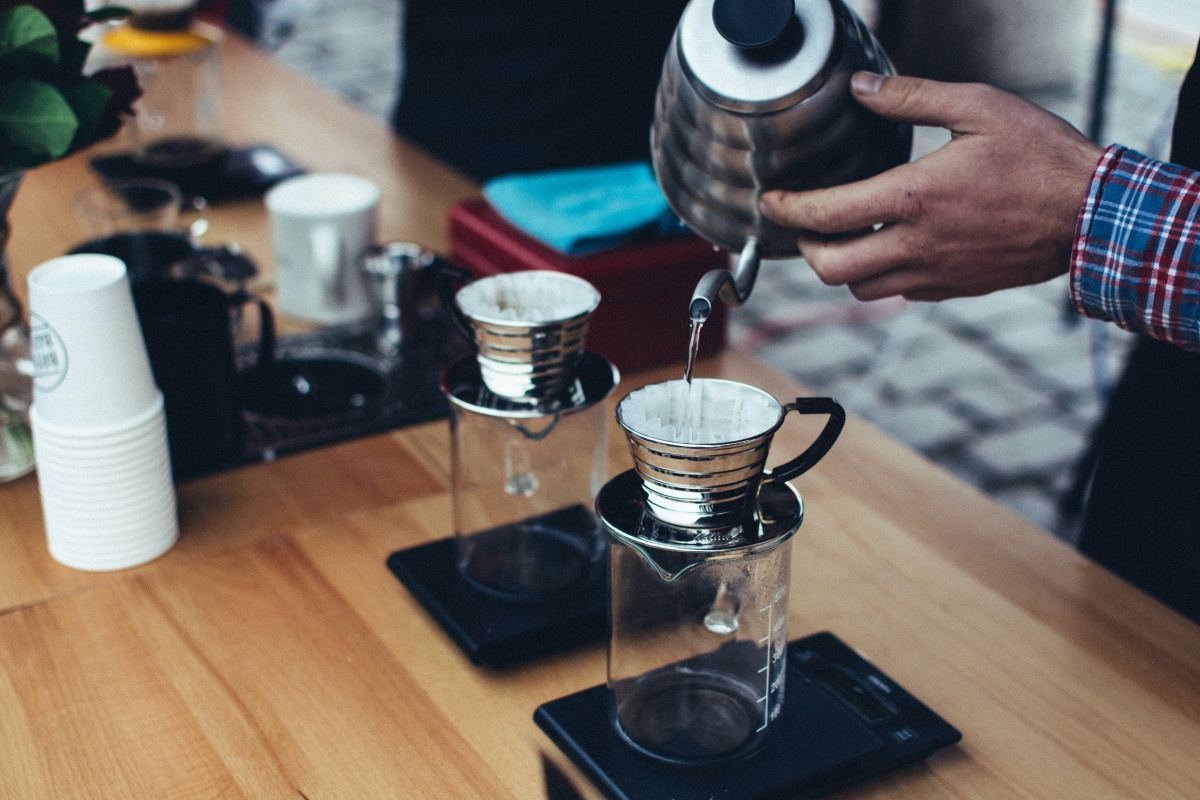
Although I don’t know your particular situation, I’m going to play the odds and hazard a guess: you’re not taking water quality seriously enough. You probably have some water filtration in your café, but you’ve never used a water test kit or contacted your local municipality for more detailed information about the chemical makeup of your water supply.
If you have, good job! You’re doing better than most. If you haven’t, it’s time to get some titration test strips and start doing your homework.
Unfortunately, most cafés are busy obsessing over the latest piece of equipment rather than focusing on something that will make their coffee taste better. To have delicious coffee, you need to give water the same attention as your roast profile and brewing parameters. And once you do the former, don’t be surprised if it changes the latter.
Water Informs Roasting Decisions
If you’re a coffee roaster, the water you cup your coffee with affects how you roast. This is, of course, unavoidable but important to understand. Knowing your water’s chemical composition will give you greater insight into why you roast coffee the way you do. It also will help elucidate why wholesale accounts and prospective clients like or dislike one of your coffees.
If you haven’t before, experiment cupping the same coffee with different waters. You can use distilled water and a mineral kit like the ones made by Global Customized Water to recreate SCAA-recommended water parameters. Compare your roastery water with SCAA standard water and the tap water many of your customers are likely using to brew at home, and the difference may shock you.
Wholesale coffee roasters also have a unique responsibility to educate their clients about the importance of water quality. Many smaller cafés may not be able to afford state-of-the-art filtration, but wholesale roasters should at least inform them about the potential risks of not having proper water filtration.
In addition to changing extraction and flavor perception, overly hard water has the further potential of damaging equipment. Espresso machines, in particular, have a plethora of small valves that are easily clogged by mineral deposits.
Cafés that buy coffee from wholesalers face their own set of challenges. The brewing parameters and tasting notes you get from your roaster may or may not work with your local water supply. Open a dialogue with your roaster about the water they use in their roastery to do quality control. If possible, try to recreate their water recipe. If you buy coffee from multiple roasters, you should recognize that those companies are likely roasting with different waters. It might require creative manipulation of brewing parameters to get the most out of each coffee while using the same water to brew them.
Not long ago, we would judge a quality-focused café by its latte art or manual brew bar. I propose we should be looking under the counter (or, in the case of a RO system, in whatever room is large enough to hold the fifty-gallon reservoir). The truly specialty coffee companies of the future will be the ones taking water seriously.
Michael Butterworth is the cofounder of etkincoffee.com and thecoffeecompass.com. He lives in Istanbul, Turkey.
This article was originally published on July 18, 2016 and has been updated to meet Fresh Cup’s current editorial standards.

